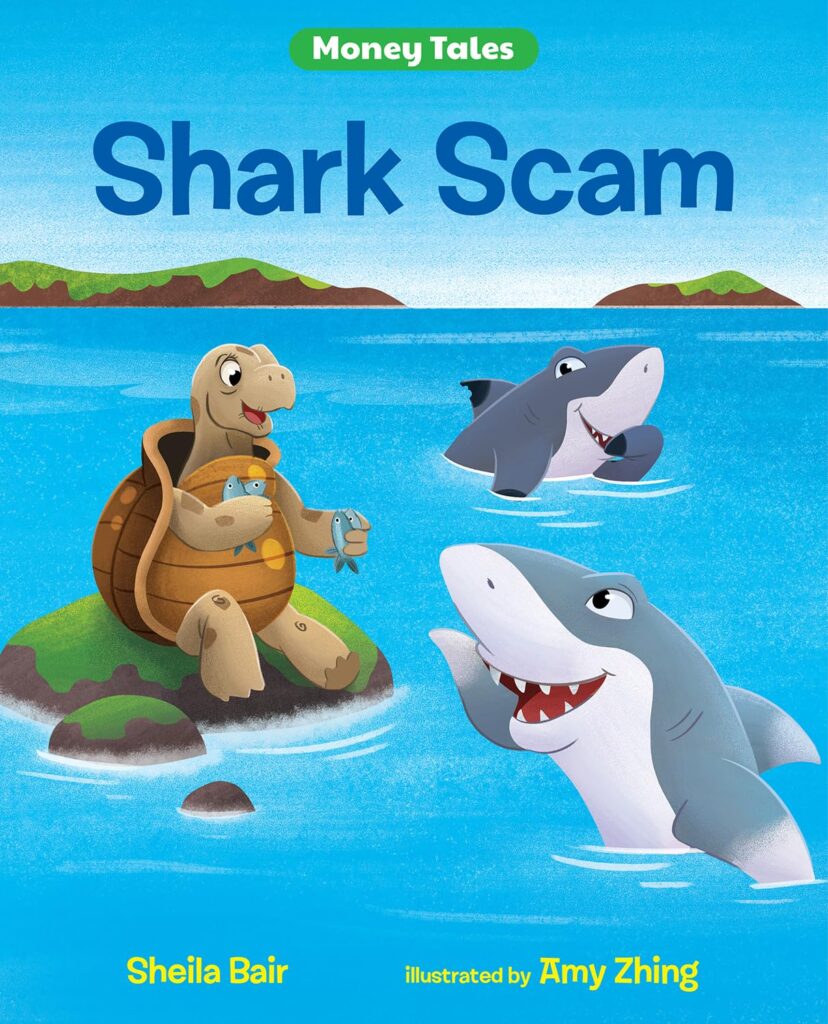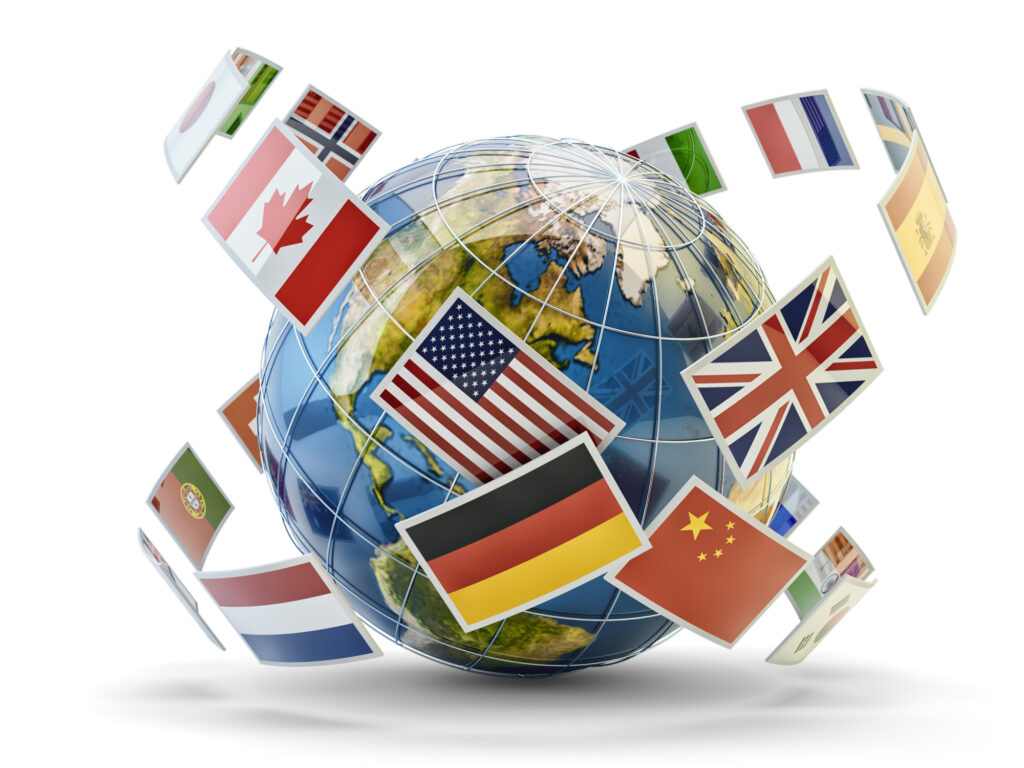
Content Partner
Grades 3-5

Don't have an account yet? Sign up for free
Don't have an account yet? Sign up for free


|
Part 1 |
|---|
Have you ever wondered why your parents tell you they have no money when you want something like a quick ice cream cone–and then they turn right around and write a check for something they want? What are checks? Why don't your parents have a piggy bank like you do? Why can't your parents just charge everything they want and then write only one check at the end of the month? How does a budget work and why should you have one? All of these questions will be answered plus more in this INTERESTing lesson. And by the way, why does the author keep capitalizing the word INTEREST?
In this lesson you will apply what you know about the characteristics of money as you decide whether shells, salt and grain could be used as money. You will also compare and contrast the use of money and bartering as two ways to make exchanges. You will be able to explain what the M1 is and what it is made up of. You are going to be very busy!
Do you know how to write a check, use an ATM, budget your money or buy an item with a credit card? Do you know the difference between a debit card and a credit card? I bet your parents use a variety of ways to buy things. Put yourself in your parent's shoes and see if you can make wise choices about money.
 Before you go to the Web site, we need to learn all about money! What is money? Why do we need money? How do you get money? Is a credit card the same thing as money? The answer to that one is no, and you will see why as we go through the lessons.
Before you go to the Web site, we need to learn all about money! What is money? Why do we need money? How do you get money? Is a credit card the same thing as money? The answer to that one is no, and you will see why as we go through the lessons.
First of all, money is what you EXCHANGE for something else. It is used for a type of trade. I can give you money in exchange for an old game. We are both happy! You are happy with the money and I am happy with the old game! In an exchange, both traders should be satisfied. EXCHANGE means trading goods and services with other people for other goods and services or for money.
A long time ago, people didn't have money like we do now. They had to use something else to make exchanges. This is what we call BARTERING. A baker wanted fish for dinner. A fisherman wanted bread with his dinner. The baker traded–bartered–a loaf of bread for the fish that the fisherman caught. They were both happy with their trade.
You may barter even now. Remember the old game you exchanged for money? What if I gave you a CD you wanted for that old game you didn't want? If we exchanged goods in that way, we would have used the bartering method. BARTERING is exchanging goods or services without money.
Bartering creates some problems. If you were a teacher and wanted a loaf of bread, what could you exchange for bread? A lesson on math? Two lessons on math? What if the baker didn't want a math lesson? You can imagine the problems!
 Luckily, someone came up with the idea of money. Chunks of precious metals (such as gold and silver) were first used. Everybody back then thought that precious metals were really valuable. As a result precious metals were generally accepted as something everyone would want to have. They were easy to carry, durable and could be divided into different items differing in weight. However, different metals were worth different amounts: every time there was an exchange, the metals had to be weighed.
Luckily, someone came up with the idea of money. Chunks of precious metals (such as gold and silver) were first used. Everybody back then thought that precious metals were really valuable. As a result precious metals were generally accepted as something everyone would want to have. They were easy to carry, durable and could be divided into different items differing in weight. However, different metals were worth different amounts: every time there was an exchange, the metals had to be weighed.
Then coins were minted. Coins usually were standardized in size and weight, and everyone accepted them. They were just scarce enough that people couldn't get all they wanted. But carrying around a large amount of coins was dangerous, and coins were heavy. People needed to think of a different way to make exchanges. Some people started leaving their coins with goldsmiths in their town. The goldsmith would give the people a piece of paper as a receipt. Pretty soon people were exchanging that piece of paper for a good or service. That is how paper money came to be!
Eventually, governments started issuing paper money and coins. The government declared what each coin or bill was worth, and people started accepting that money. When money is generally accepted, and it is not easily torn or broken, and it can be carried around without too much of an effort, and it can be broken into smaller amounts–then you have a money system that works!
In fact, those are the four characteristics of money. Money must be generally accepted, durable, easy to carry (portable) and easily divided (divisible).
Now that you know that money is what people use to buy goods and services, do you know where you can get money? Well, someone could give it to you for a present, you could find it or you could EARN the money. Which way would you prefer to get money? Earning money can be fun or it can be a lot of work, but it can also be very profitable!
Once you have money, what can you do with it? You might spend it, save it or invest it. You might want to keep it in a piggy bank, your pockets or a real bank. You might want to give it away, lend it–or you might end up losing it. There are so many choices!

Most adults use a bank to help manage their money. Banks have a lot to do with the MONEY SUPPLY in the United States. The money supply is actually called M1. M1 is all the coins, paper money and balances of checking accounts. Here's an interesting fact. Think of all the coins in the country. Now think of all the paper money in the country. Now think of all the money in banks that people have in their checking accounts. Can you guess where most of our M1 (money supply) is? About 2/3 of our money supply is in checking accounts! Wow, that's a lot of dough!
Go to a teacher or a parent and explain what the money supply of our country is called M1 and what that means. [It is all the coins, paper money, and balances of checking accounts.]
Now that you know all about money–what it is, how to get it and what to do with it once you get it–you are ready to use that knowledge! Go to the Hands On Banking website and click on the Savings & Checking Account Guide. At the bottom of the screen, you'll see a Contents Icon. Select a lesson such as, Lesson 4: What Banks Do.
Did you learn things about money that you did not know? Every time you exchange something in your lunch for a favorite item in someone else’s lunch, you are doing what? Do you know where most of the M1 is in our country? If you know the answers to these questions, you are ready to go to the next lesson!
In the past, many items were used for money–for example, shells, grain, and salt. Use the activity to apply what you know about money in thinking about each item to see if it would be an efficient medium of exchange. Remember, this activity is based on the value and characteristics that shells, grain, and salt had in the past, not the value and characteristics these items have today.
There are similarities and differences between money and barter. Use the Venn Diagram to compare and contrast money and barter.
The following online lessons about banking and money may be used as additional activities:
Clickety Clack, Let's Keep Track!
The Story of Jack and the Bank Stalk
|
Part 1 |
|---|

Content Partner
Grades 3-5

Content Partner
Grades 6-8, 9-12

Grades 6-8, 9-12

Grades 9-12
